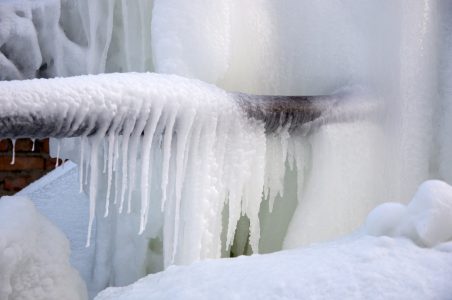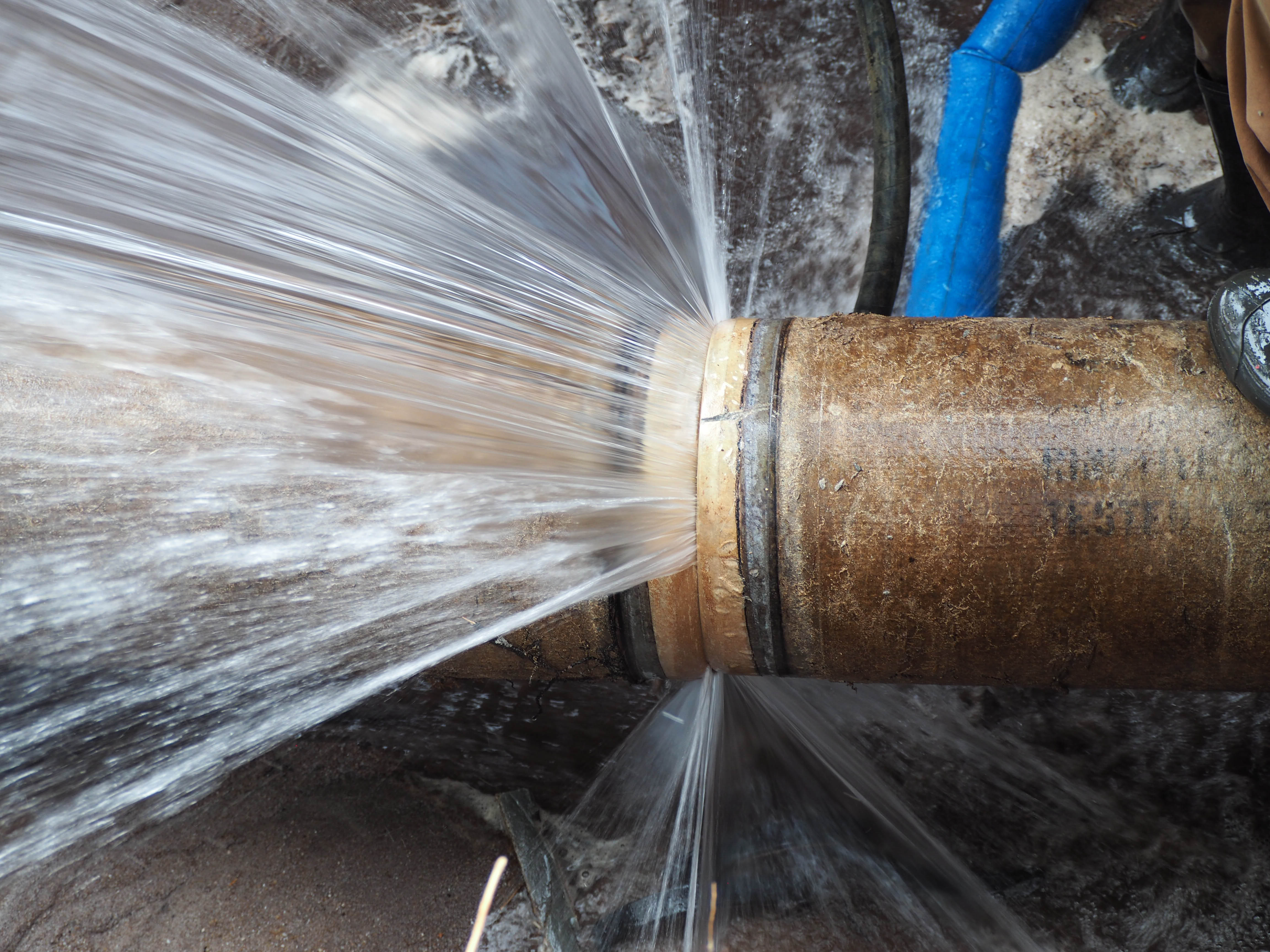Presented here underneath you can locate a lot of superb additional info in relation to How to Prevent Your Pipes From Freezing.

Winter can damage your pipes, especially by freezing pipes. Below's just how to avoid it from occurring and what to do if it does.
Intro
As temperatures decline, the danger of icy pipelines rises, potentially bring about pricey repair work and water damage. Comprehending just how to avoid icy pipelines is essential for property owners in cool environments.
Avoidance Tips
Shielding susceptible pipelines
Wrap pipes in insulation sleeves or use heat tape to secure them from freezing temperatures. Concentrate on pipelines in unheated or outside locations of the home.
Heating techniques
Keep interior spaces sufficiently warmed, specifically areas with plumbing. Open up cupboard doors to permit cozy air to distribute around pipes under sinks.
How to determine frozen pipelines
Look for reduced water flow from taps, uncommon odors or sounds from pipelines, and noticeable frost on revealed pipelines.
Long-Term Solutions
Structural modifications
Take into consideration rerouting pipes away from exterior walls or unheated locations. Include extra insulation to attics, basements, and crawl spaces.
Upgrading insulation
Invest in high-quality insulation for pipes, attic rooms, and walls. Appropriate insulation aids maintain constant temperatures and lowers the danger of icy pipelines.
Protecting Outside Plumbing
Garden hose pipes and exterior faucets
Detach and drain pipes yard tubes before winter months. Mount frost-proof faucets or cover outdoor faucets with insulated caps.
Understanding Icy Pipes
What causes pipes to freeze?
Pipelines freeze when exposed to temperature levels listed below 32 ° F (0 ° C) for extended durations. As water inside the pipelines ices up, it expands, putting pressure on the pipeline wall surfaces and possibly creating them to burst.
Dangers and problems
Icy pipes can result in water disturbances, residential property damage, and pricey repair work. Burst pipes can flooding homes and create comprehensive architectural damages.
Indicators of Frozen Water Lines
Recognizing frozen pipelines early can avoid them from bursting.
What to Do If Your Pipes Freeze
Immediate activities to take
If you presume icy pipes, keep taps open to ease pressure as the ice melts. Utilize a hairdryer or towels taken in hot water to thaw pipelines slowly.
Conclusion
Stopping frozen pipes requires aggressive actions and quick feedbacks. By recognizing the causes, indicators, and preventive measures, homeowners can protect their pipes throughout winter.
5 Ways to Prevent Frozen Pipes
Drain Outdoor Faucets and Disconnect Hoses
First, close the shut-off valve that controls the flow of water in the pipe to your outdoor faucet. Then, head outside to disconnect and drain your hose and open the outdoor faucet to allow the water to completely drain out of the line. Turn off the faucet when done. Finally, head back to the shut-off valve and drain the remaining water inside the pipe into a bucket or container. Additionally, if you have a home irrigation system, you should consider hiring an expert to clear the system of water each year.
Insulate Pipes
One of the best and most cost-effective methods for preventing frozen water pipes is to wrap your pipes with insulation. This is especially important for areas in your home that aren’t exposed to heat, such as an attic. We suggest using foam sleeves, which can typically be found at your local hardware store.
Keep Heat Running at 65
Your pipes are located inside your walls, and the temperature there is much colder than the rest of the house. To prevent your pipes from freezing, The Insurance Information Institute suggests that you keep your home heated to at least 65 degrees, even when traveling. You may want to invest in smart devices that can keep an eye on the temperature in your home while you’re away.
Leave Water Dripping
Moving water — even a small trickle — can prevent ice from forming inside your pipes. When freezing temps are imminent, start a drip of water from all faucets that serve exposed pipes. Leaving a few faucets running will also help relieve pressure inside the pipes and help prevent a rupture if the water inside freezes.
Open Cupboard Doors
Warm your kitchen and bathroom pipes by opening cupboards and vanities. You should also leave your interior doors ajar to help warm air circulate evenly throughout your home.

Do you like more info about Prevent Frozen Pipes ? Post a remark down the page. We will be happy to listen to your thinking about this blog post. Hoping that you come back again later on. Loved our review? Please share it. Help others find it. Many thanks for taking the time to read it.
Call Today